Our first stop, as always, was the Visitor Center.
US Congress designated this area as Chickamauga and Chattanooga National Military park in 1890, the first of its kind. It has served for the model of most national and historical parks (Shiloh, Vicksburg, Gettysburg, etc.)
Chattanooga had a population of only 2,500, but four major railroads intersected here and it is located on the Tennessee River. By 1863, both sides understood the importance of controlling the city: If the Union captured Chattanooga, it would cripple Confederate supply lines and attack their industrial base.
Exhibits in the Visitor Center provide details about the battles fought and the siege of Chattanooga.
The Battle of Chickamauga (September 18-20, 1863) ended in a major victory for General Braxton Bragg of the Confederacy.
Rosencrans (Union) withdrew into Chattanooga while Confederates held key areas surrounding the city (Lookout Mountain, Missionary Ridge). The Confederates lay siege of the city cutting off supplies to both the Union Army and citizens. In late October, the Union wins control of Lookout Valley and is able to secure a supply route. November 23, 1863, Union troops attack Orchard Knob and by November 25, the Confederate Army is in retreat to Georgia.
Once the Tennessee River, railroads, and roads are all firmly in control of the Union, it becomes the base of operations for Gen. William T. Sherman’s drive into the Deep South in 1864.
Be sure not to miss the incredible Fuller Gun Collection in the museum section of the Visitor Center. In 1949, Claud and Zenada Fuller donated a portion of their magnificent collection to the Military Park. With only a 7th grade education, Fuller was always fascinated with machinery. He produced 48 patents for brick-making and machinery. Firearms, however, were always his passion. After 37 years of collecting (1923) he had accumulated over 2,000 pieces. When he retired in 1933, the gun collection became famous and an average of 5,000 people per year visited their ranch to see it. Today, about 350 guns of the collection are on display here. Arranged chronologically, the rifles showcase technological advances over the years.
From the Visitor Center, we started the self-guided auto tour (7 miles with 8 stops). These auto tours with designated stops are the best way to gain an understanding of the battles fought during a multi-day confrontation. Ranger-led battlefield tours are also offered. Artillery and monuments (erected by states whose troops fought here) can be seen throughout the battlefield.
A line of Union monuments can be seen along Battleline Road where Confederates were stopped after repeated assaults. Acorns are prominent features of the 14th Army Corps as they stood “like an oak tree” at the conclusion of the battle of Chickamauga.
These monuments (and others) memorialize where commanding officers died in battle.
Miscommunication by the Union command caused a division to shift their position, unknowingly creating a fatal gap in the line. Confederate troops swarmed past this cabin as they broke through the Union defenses.
The Wilder Brigade Monument is, perhaps, the most impressive one in the park. At 85’ tall, it was completed in 1899 and honors Union Col John T Wilder’s brigade of mounted infantry, armed with repeating rifles. Known as the “Lightning Brigade,” they had the only Union success at this part of the battlefield.
As we followed a trail to the South Carolina monument, we saw this deer in the forest.
The Snodgrass House served as a field hospital after heavy fighting on the farm.
After three days of fighting, the Confederate Army of Tennessee was victorious at the Battle of Chickamauga. But, as with other major battles of the Civil War, the casualties were devastating.
However, November 25, 1863, the Union gained control of Chattanooga and the Confederacy lost a strategic supply route for their cause. General Bragg of the Confederacy has been criticized for not acting decisively after the victory of Chickamauga to avoid this outcome.
This is just one of multiple designated sites that encompaass the Military Park. We will be visiting several other locations during our stay. For additional information about the park, go to www.nps.gov/chch.
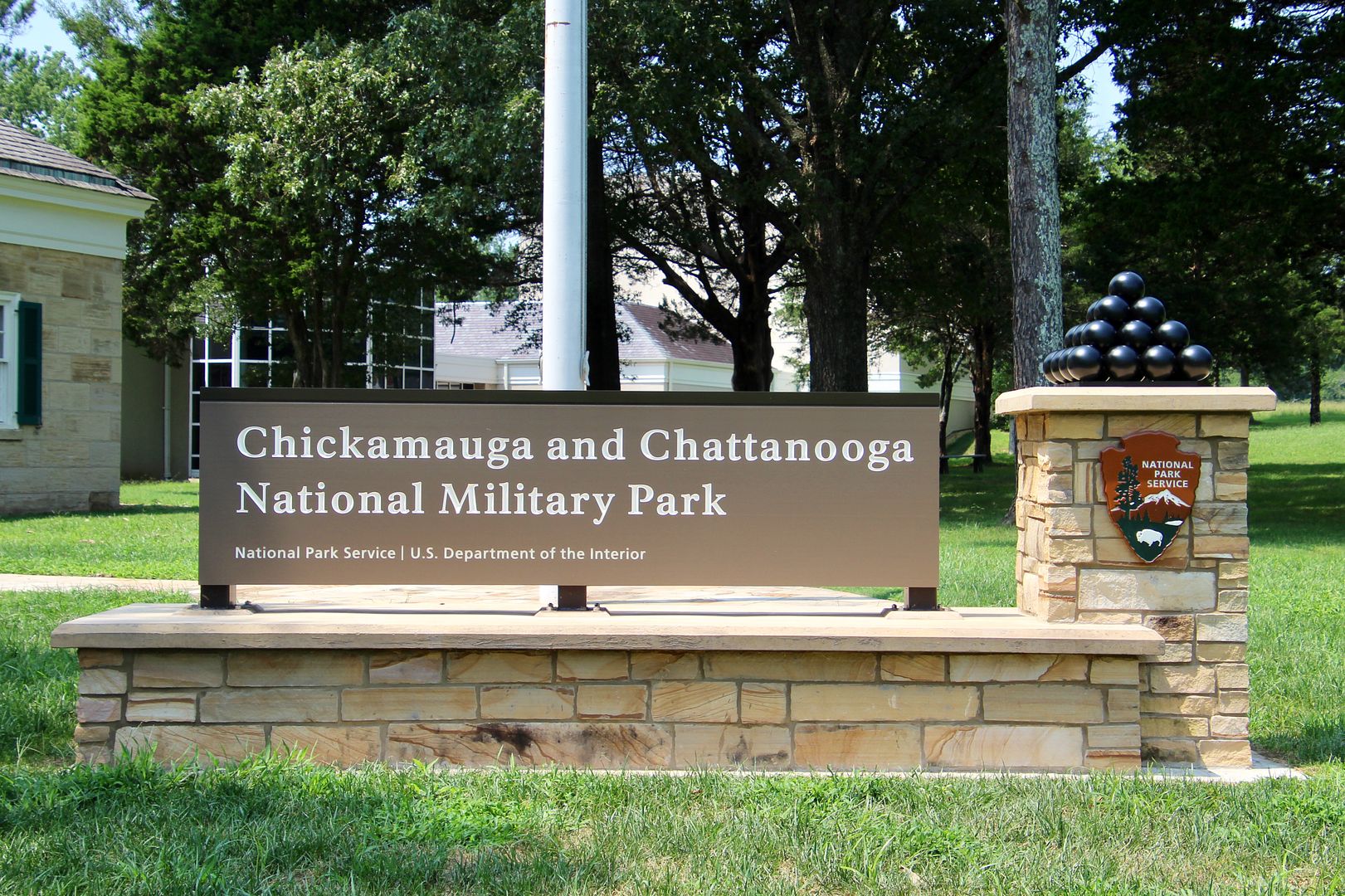
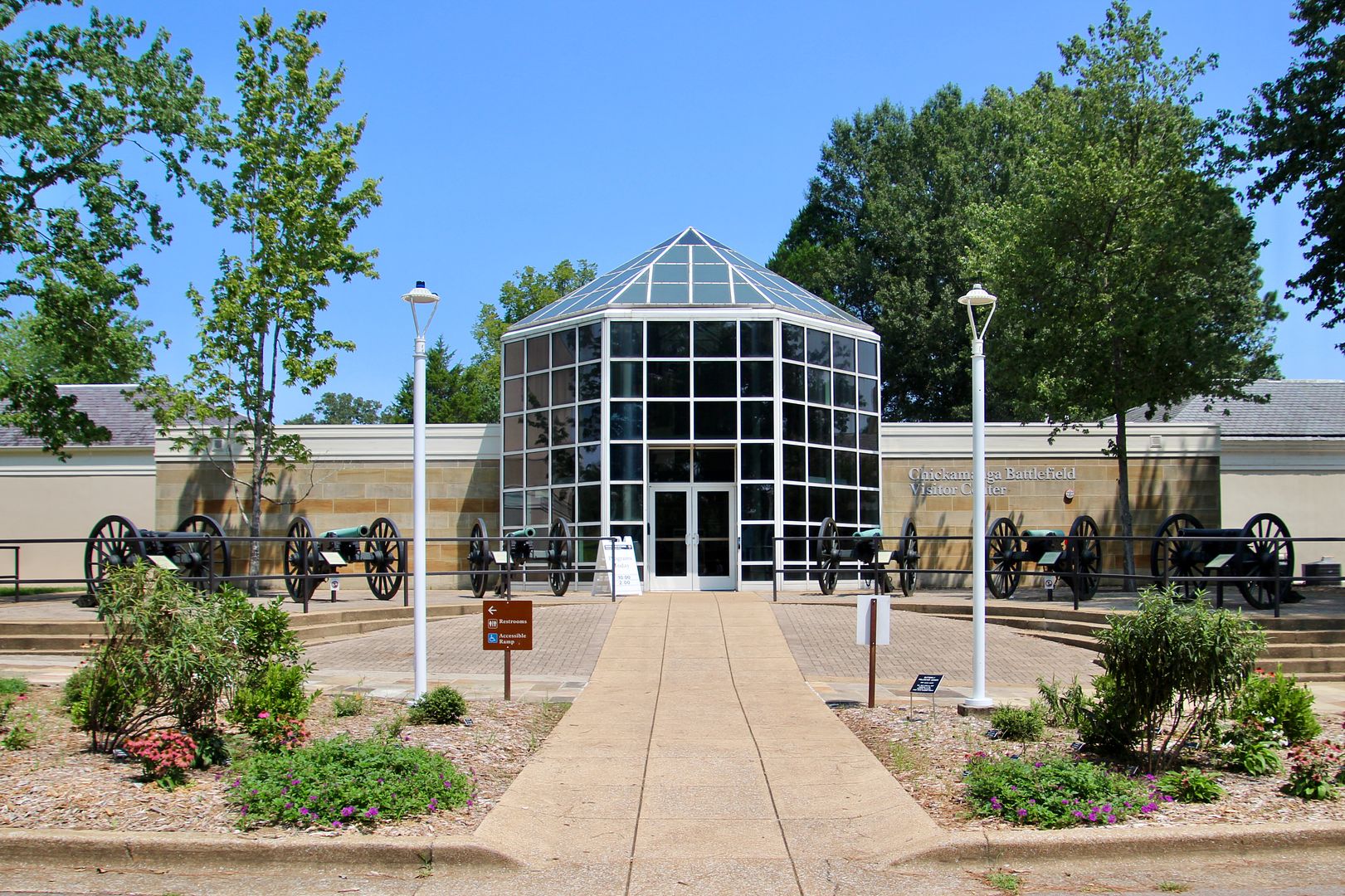
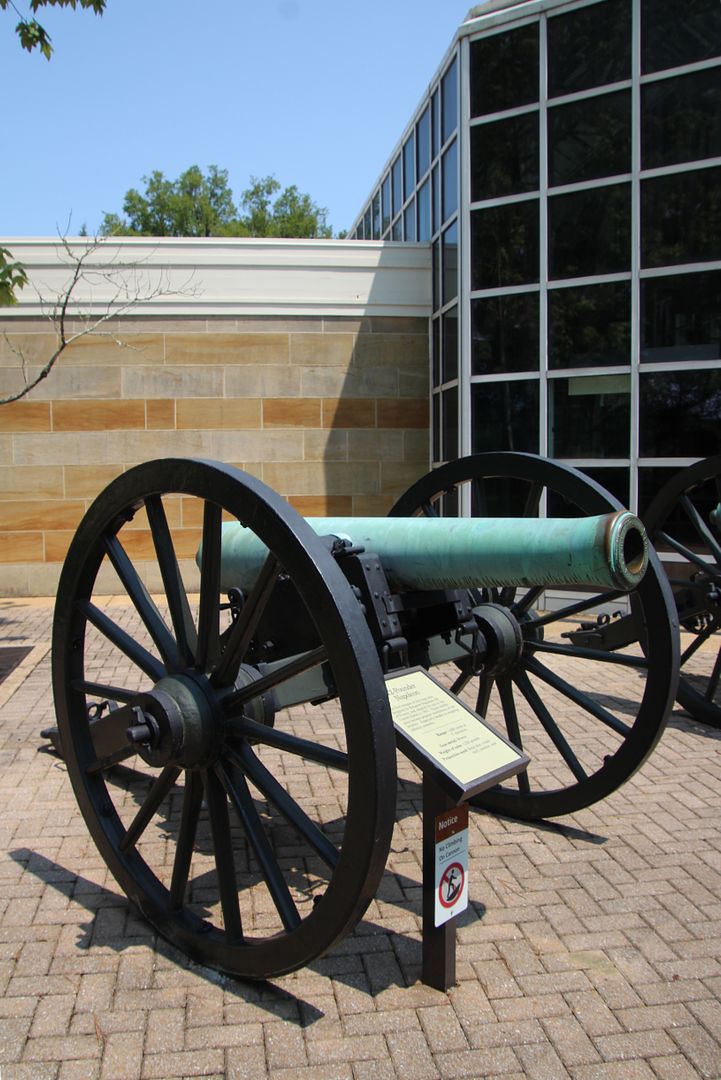

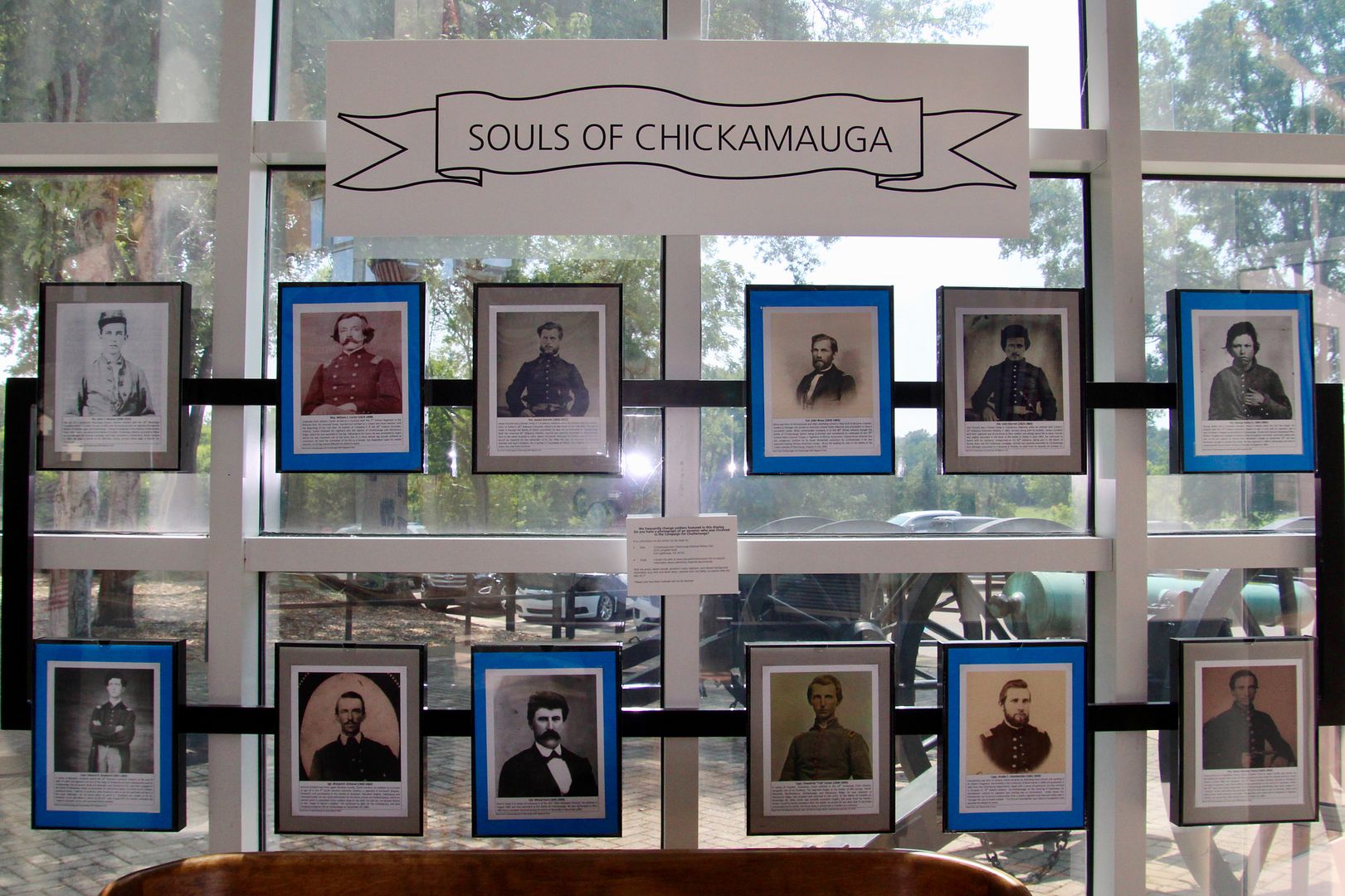
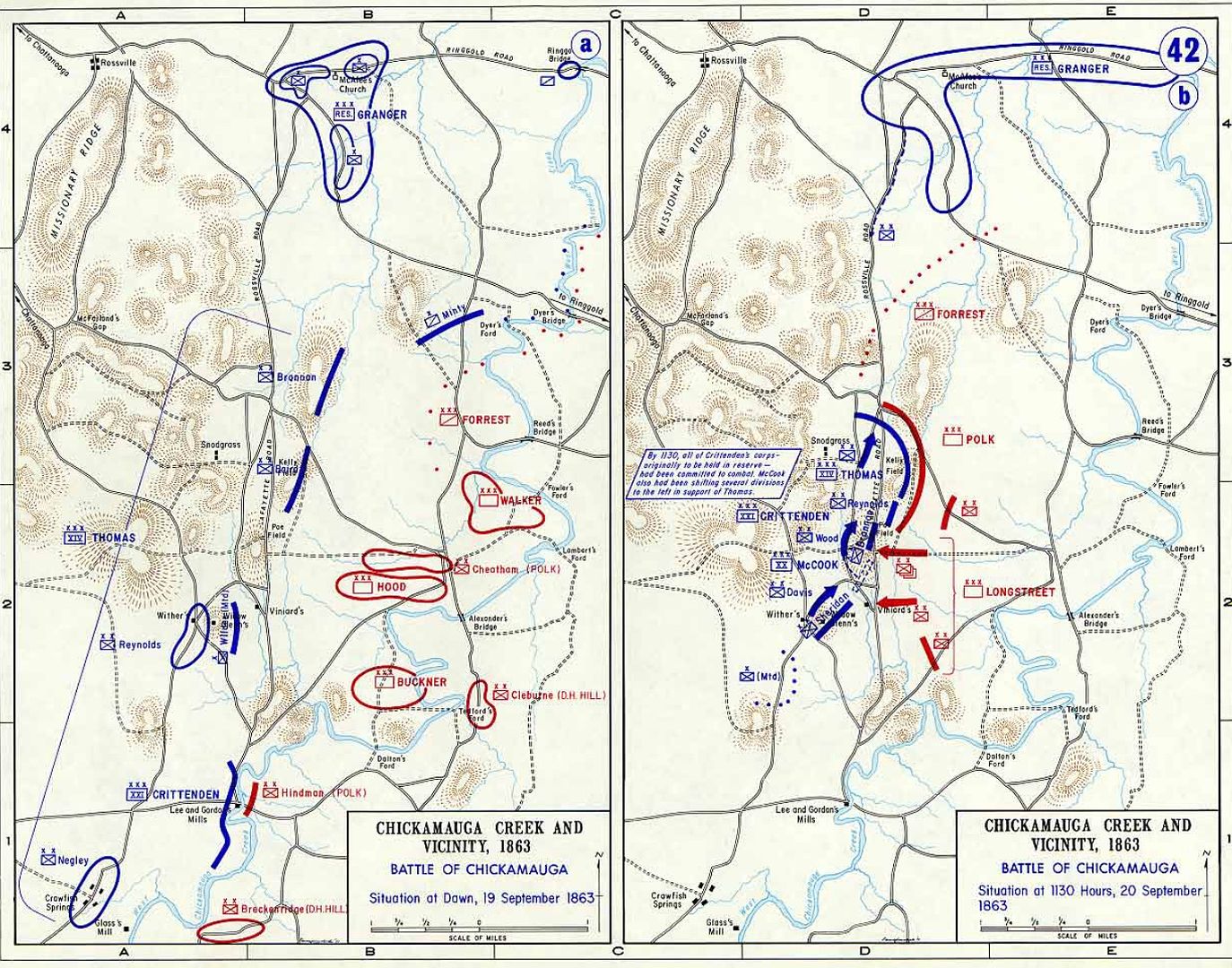
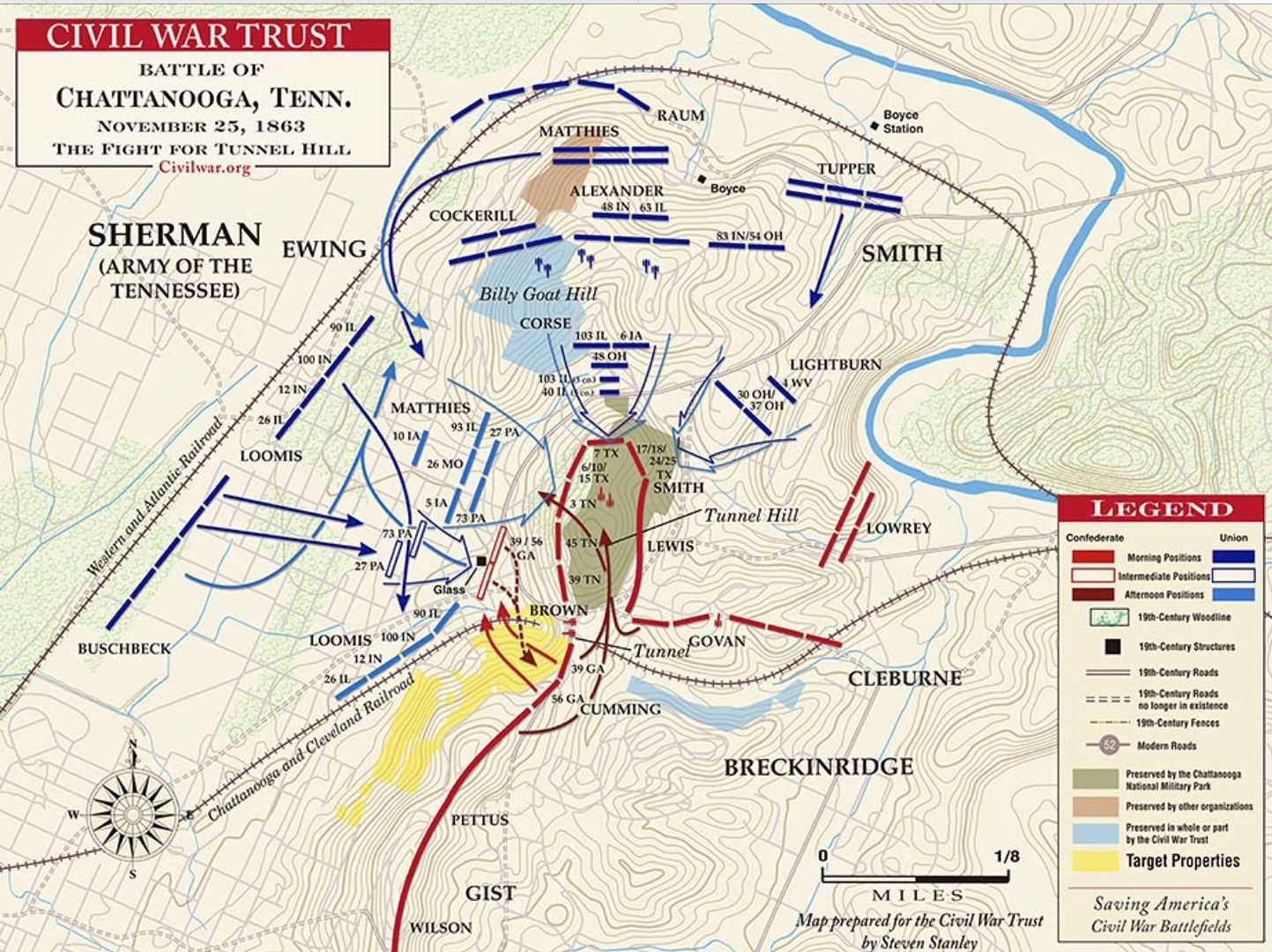
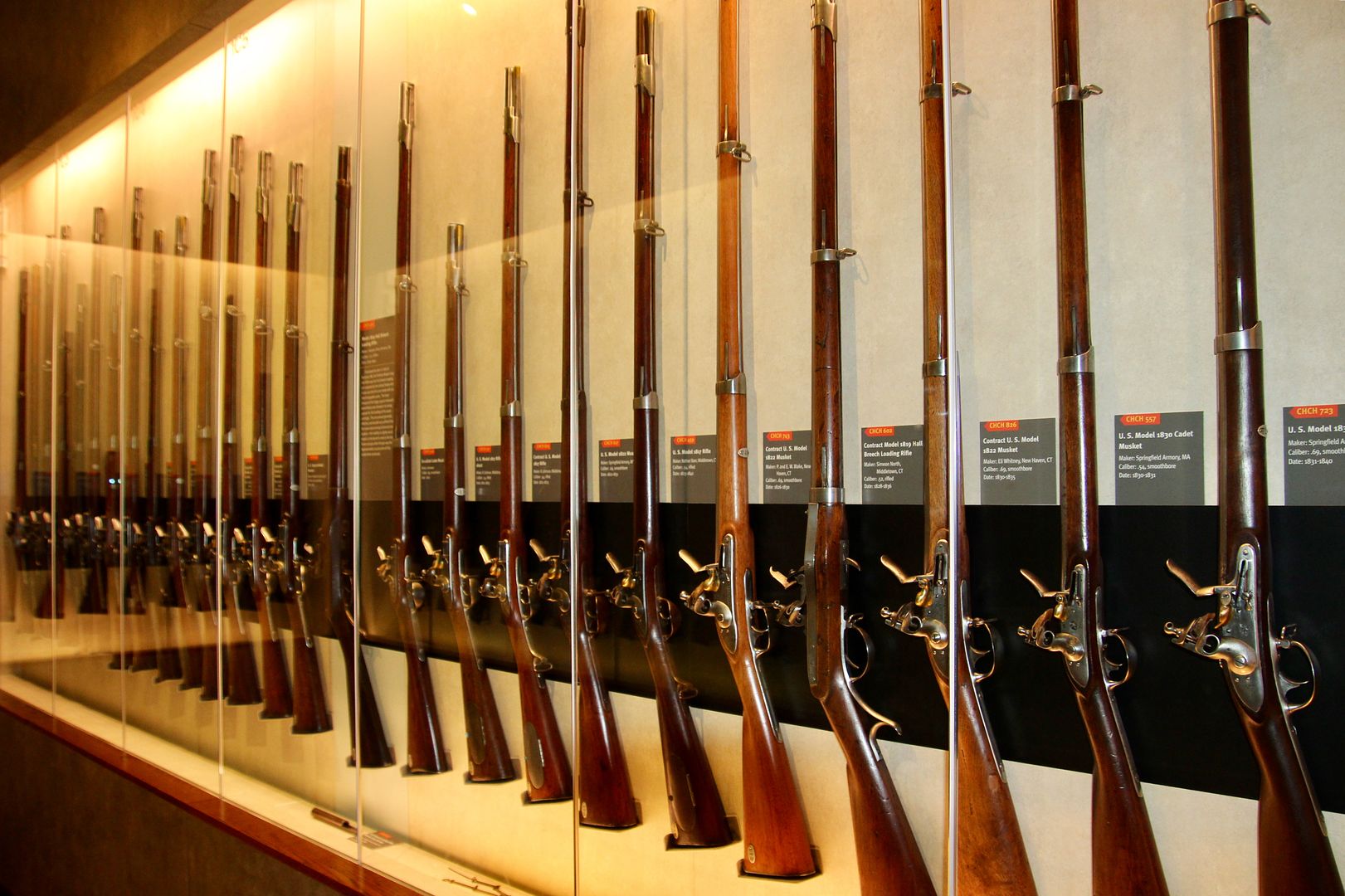

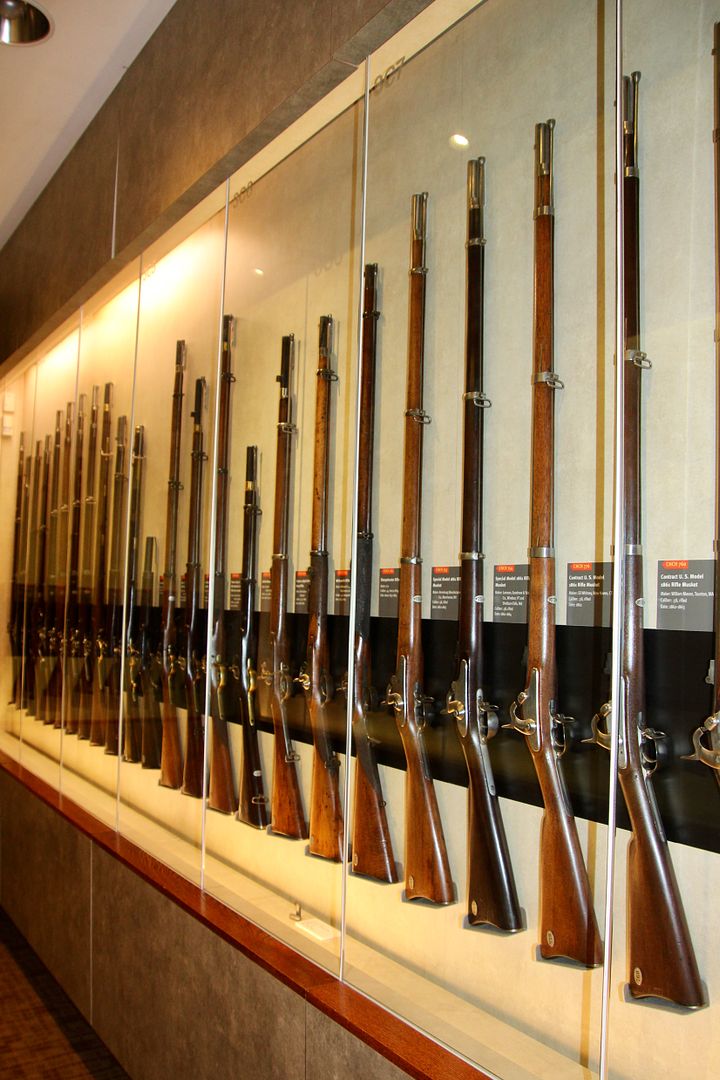

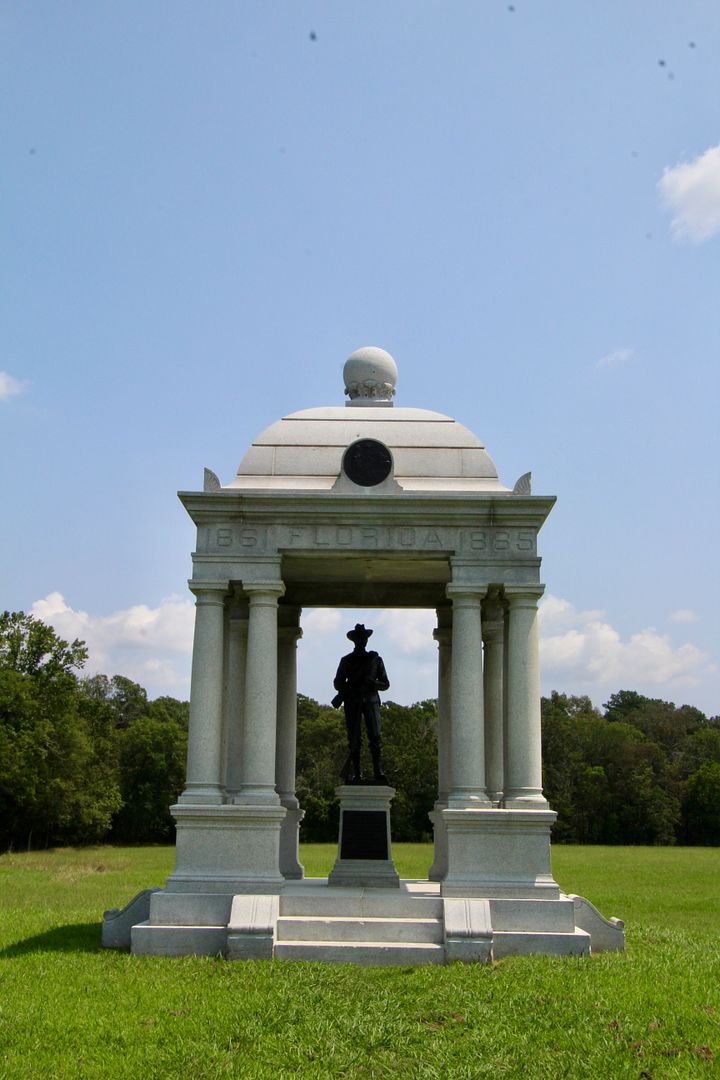

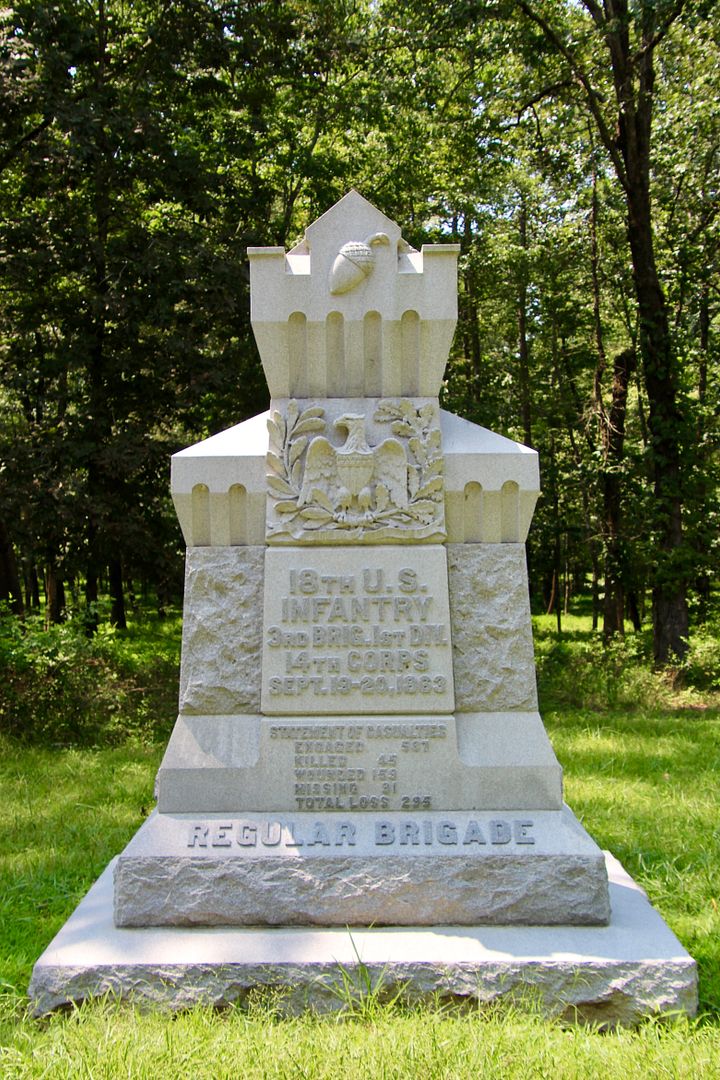
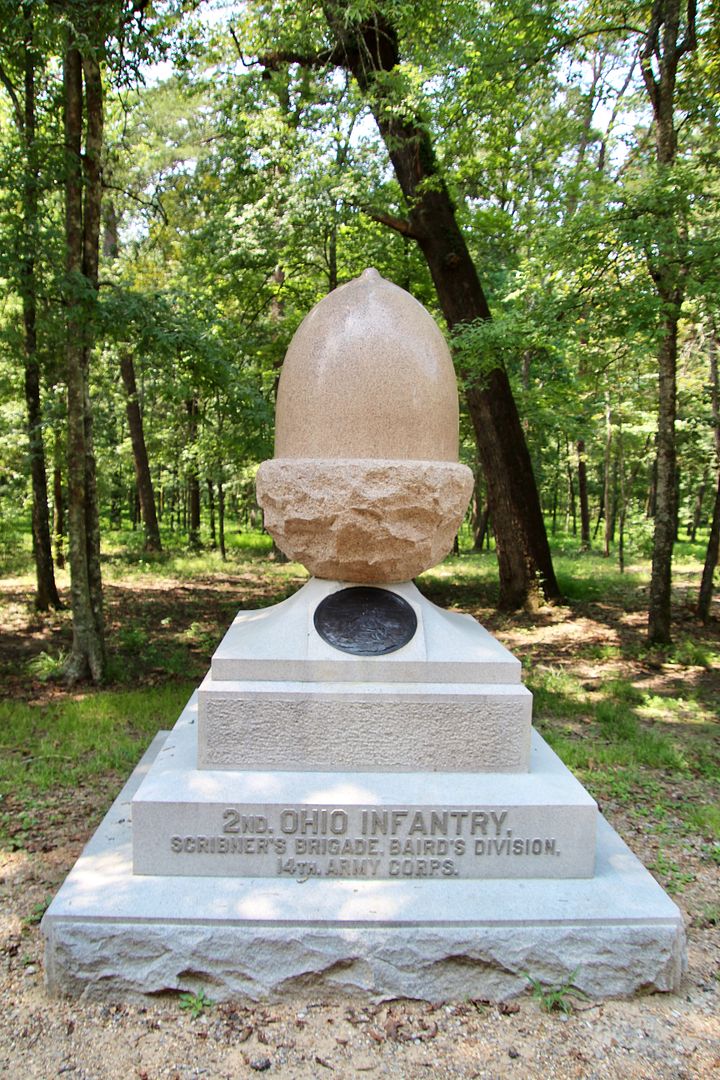


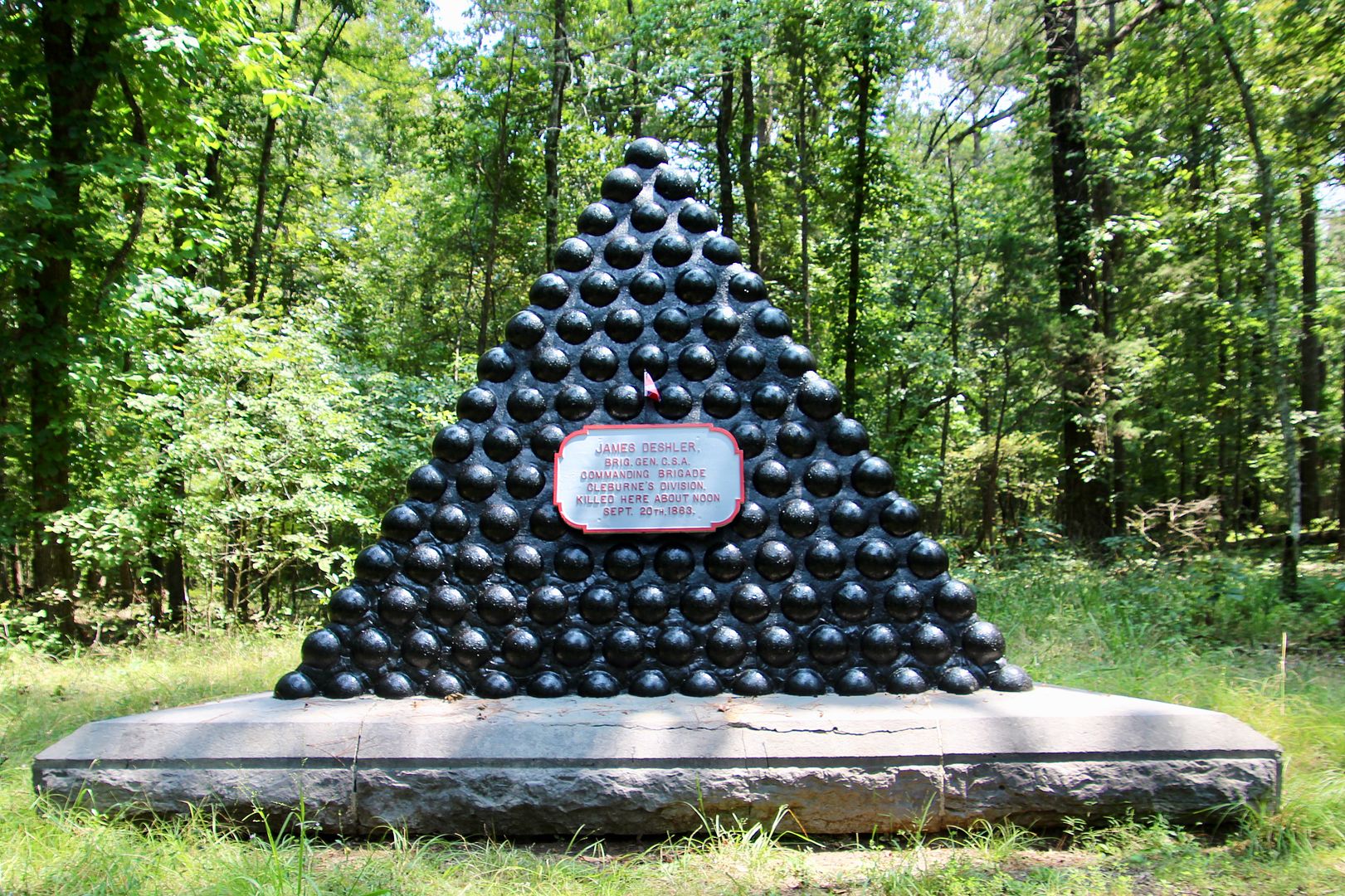
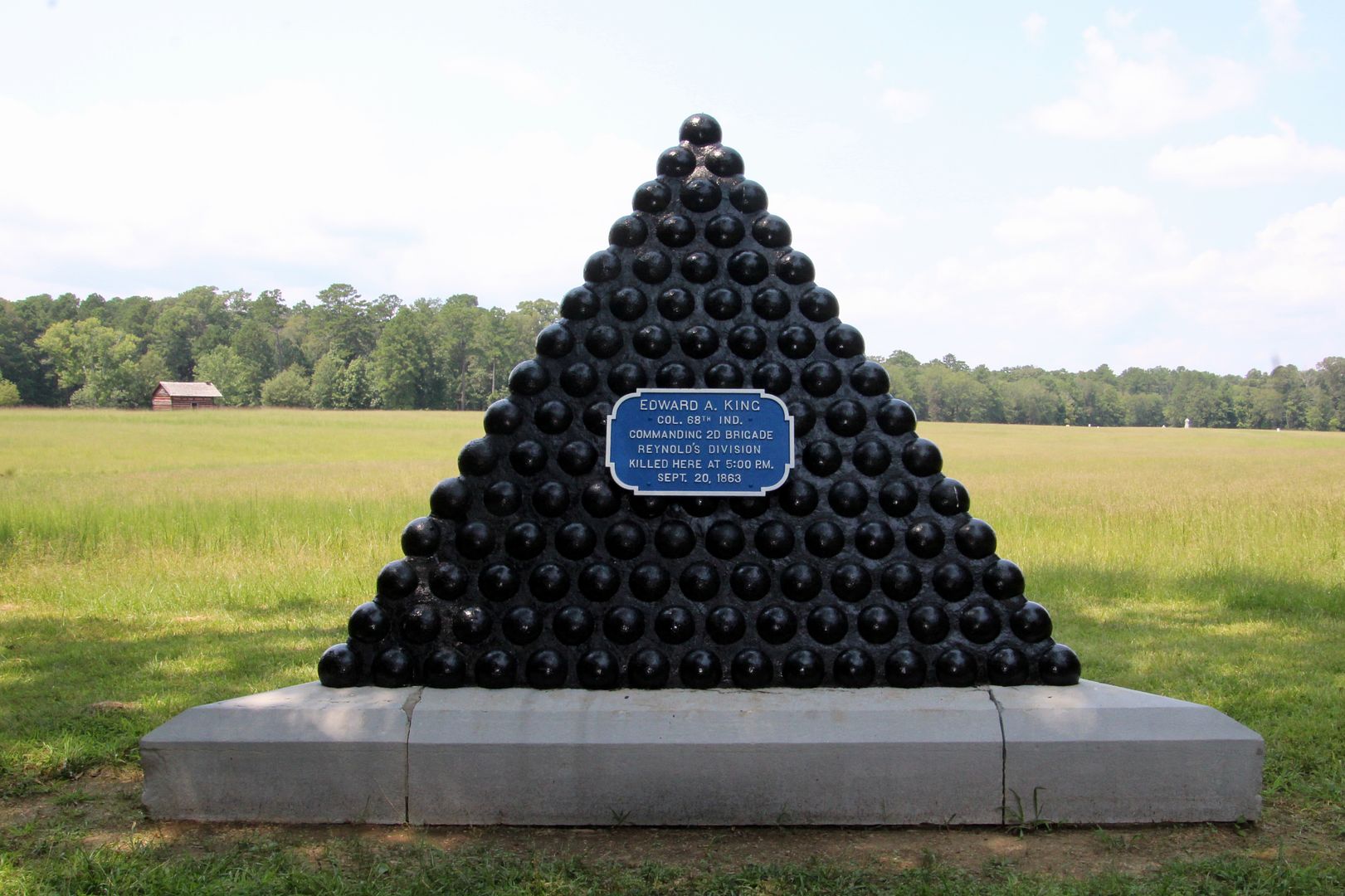
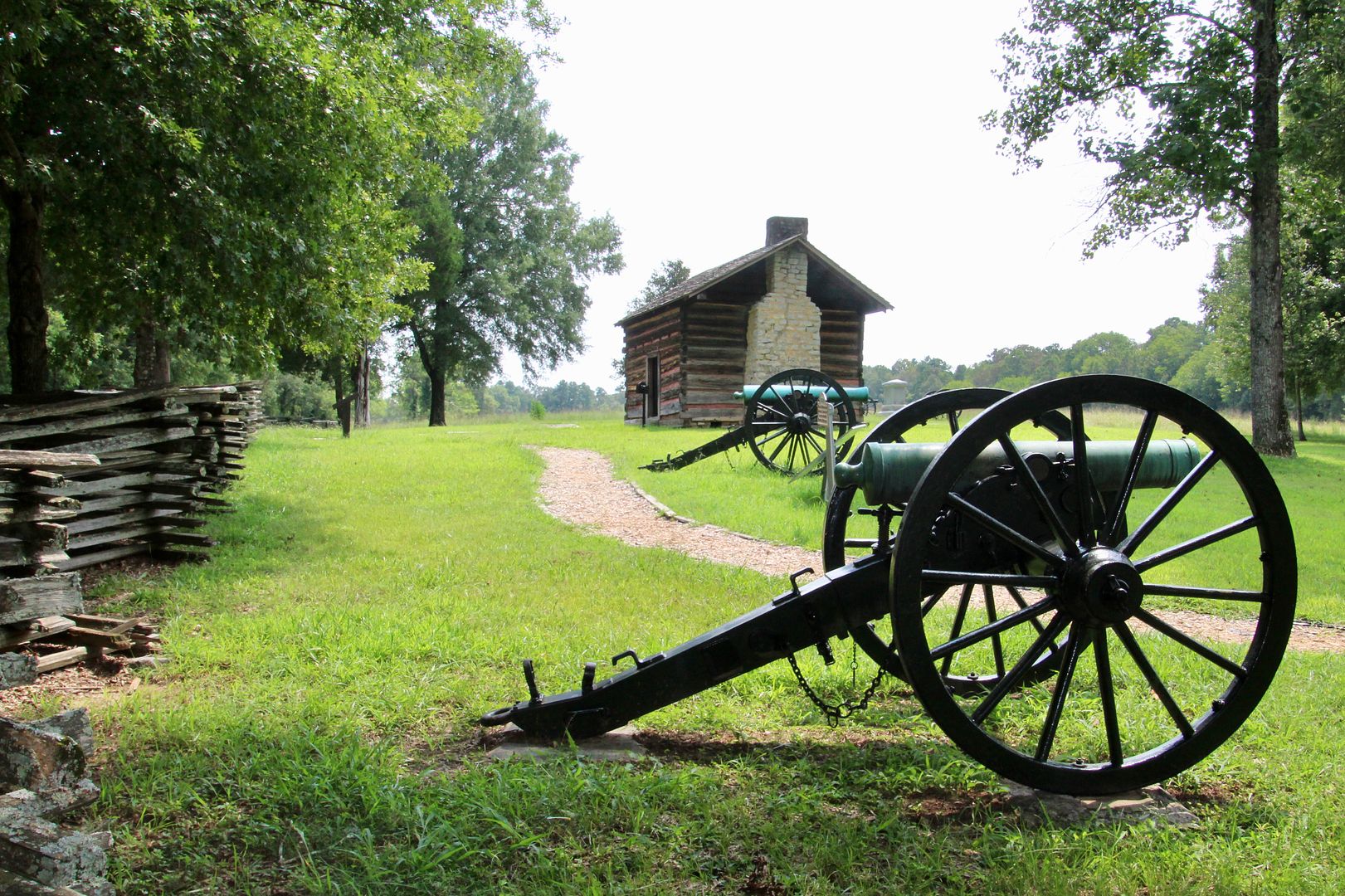
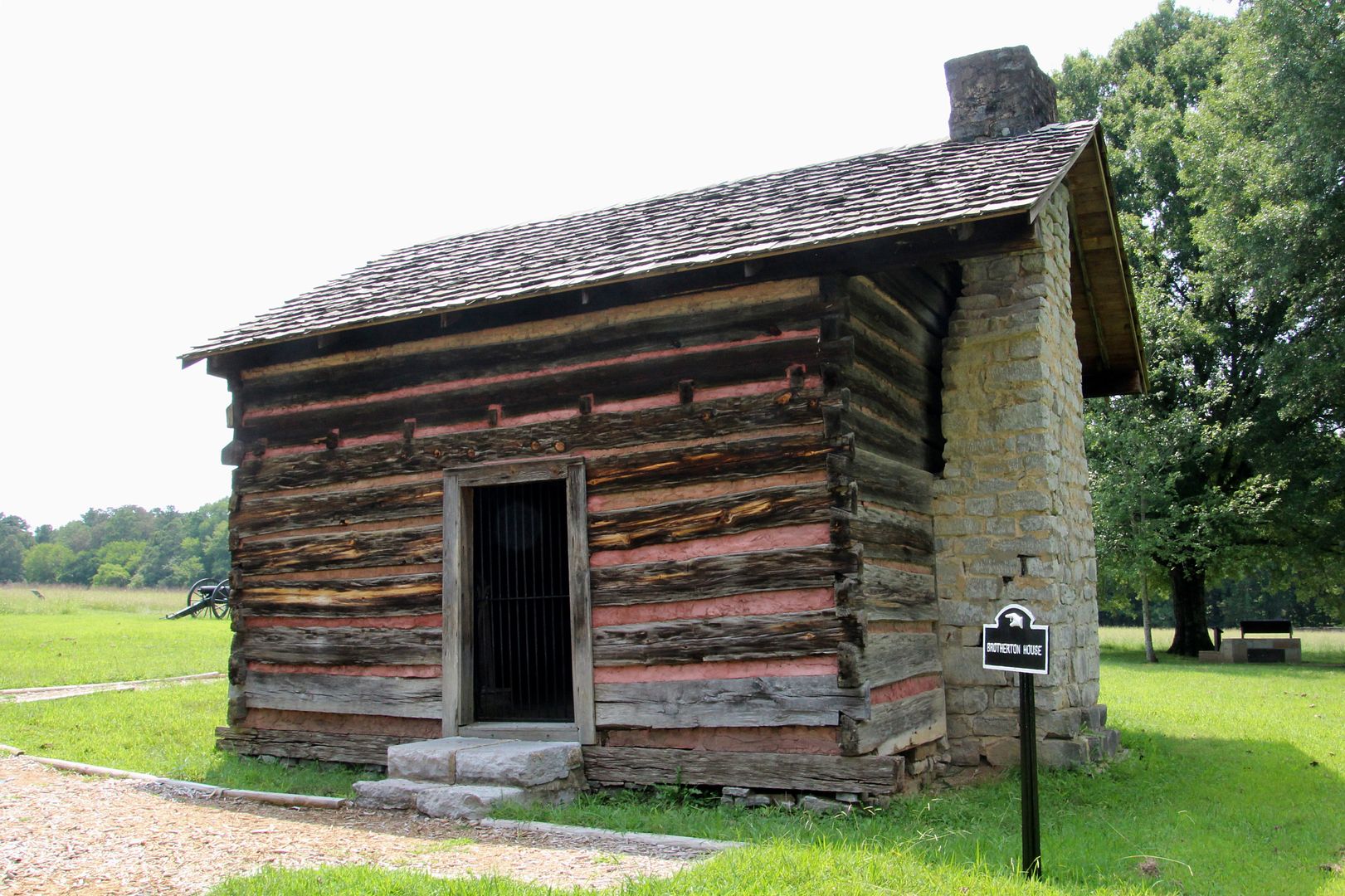

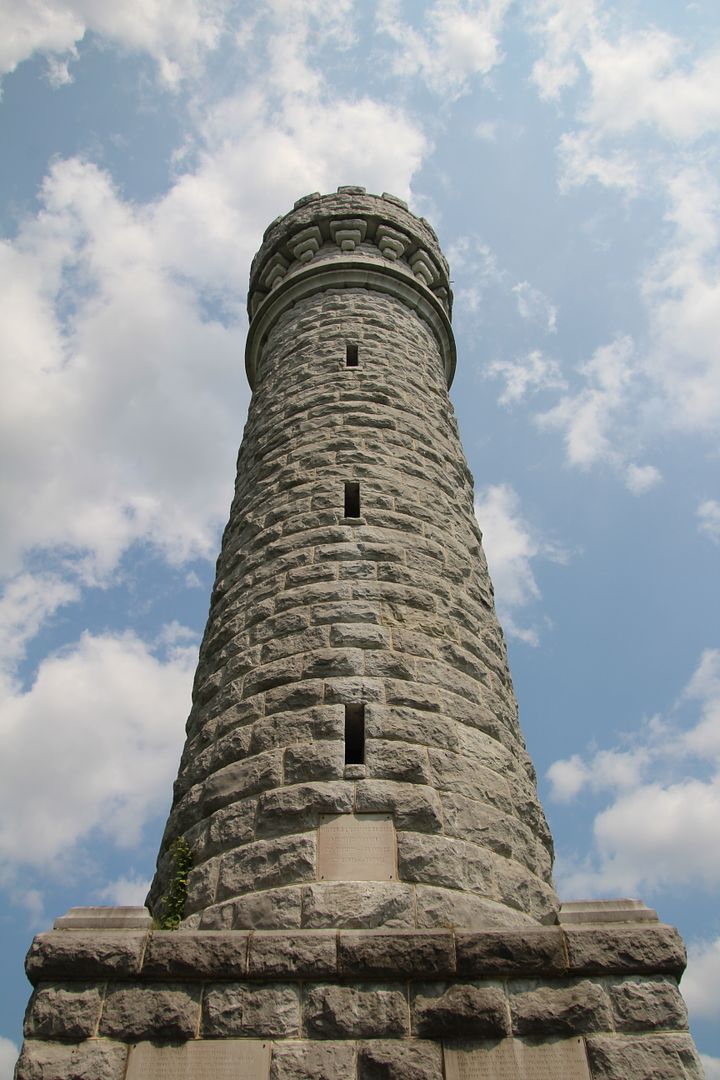

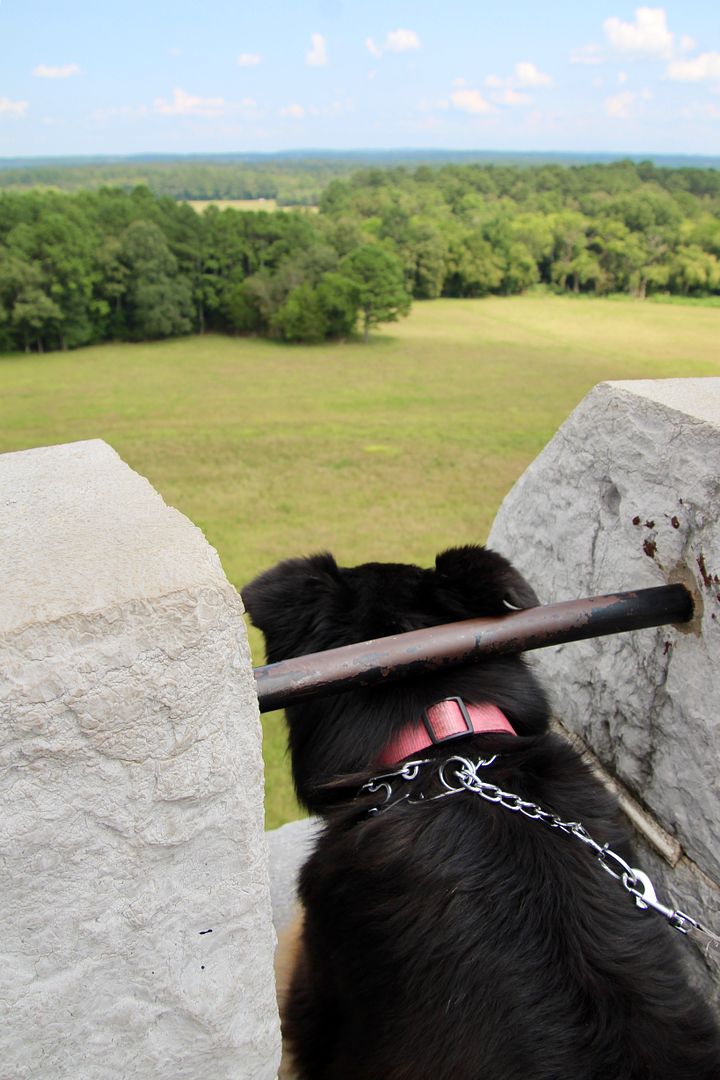
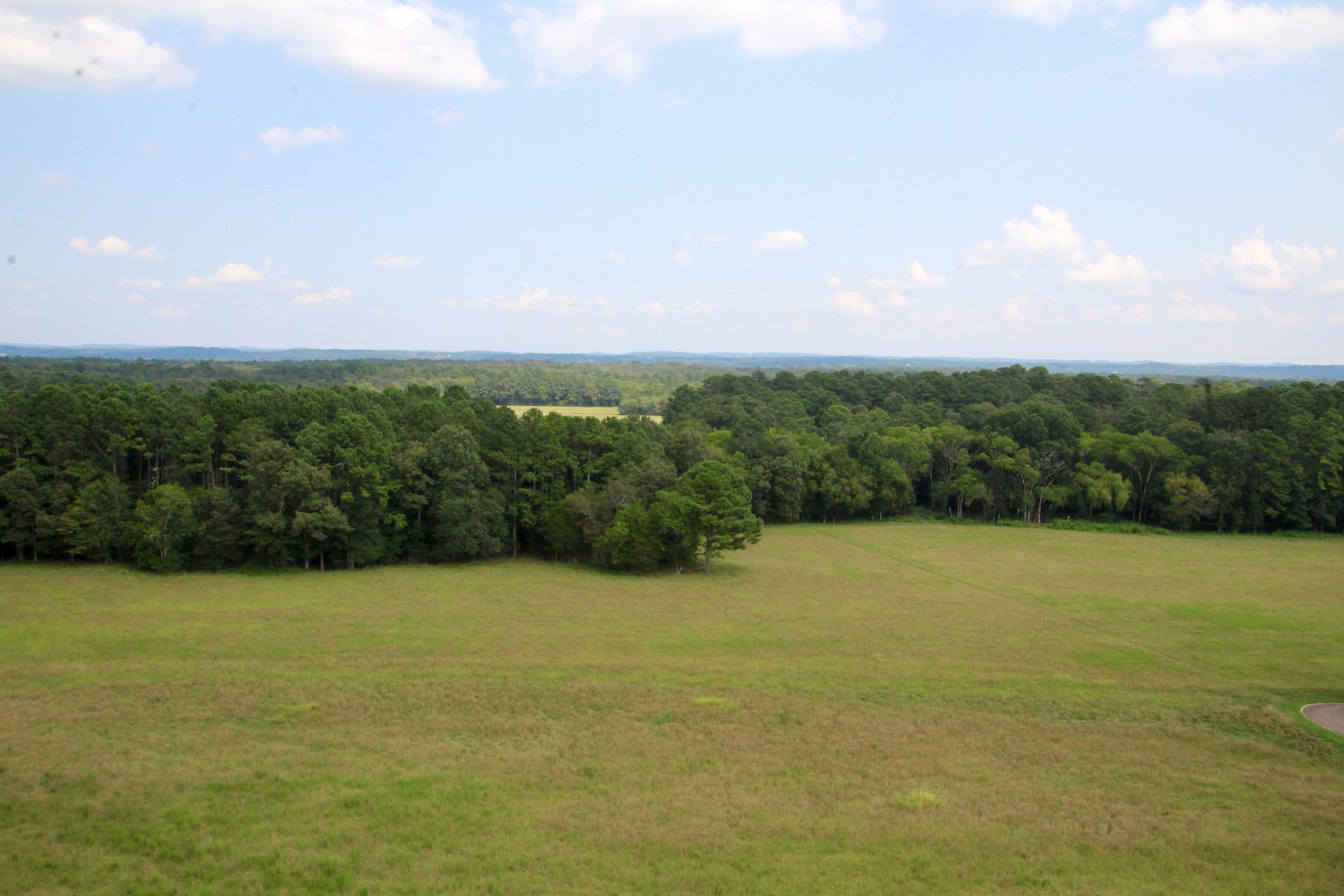
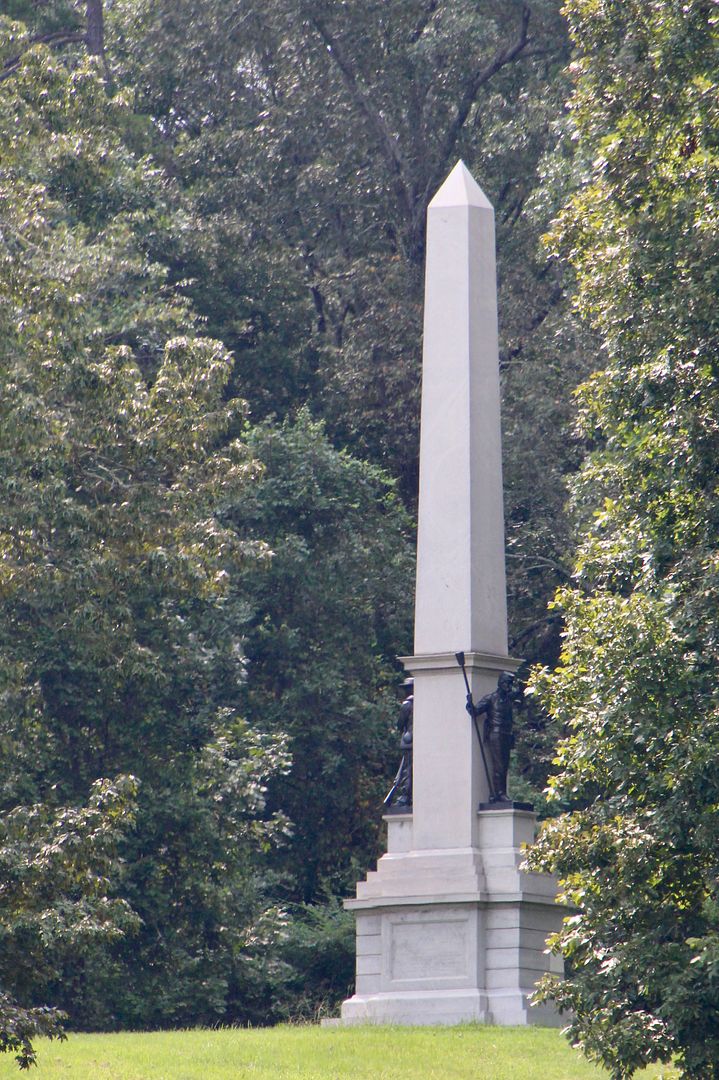

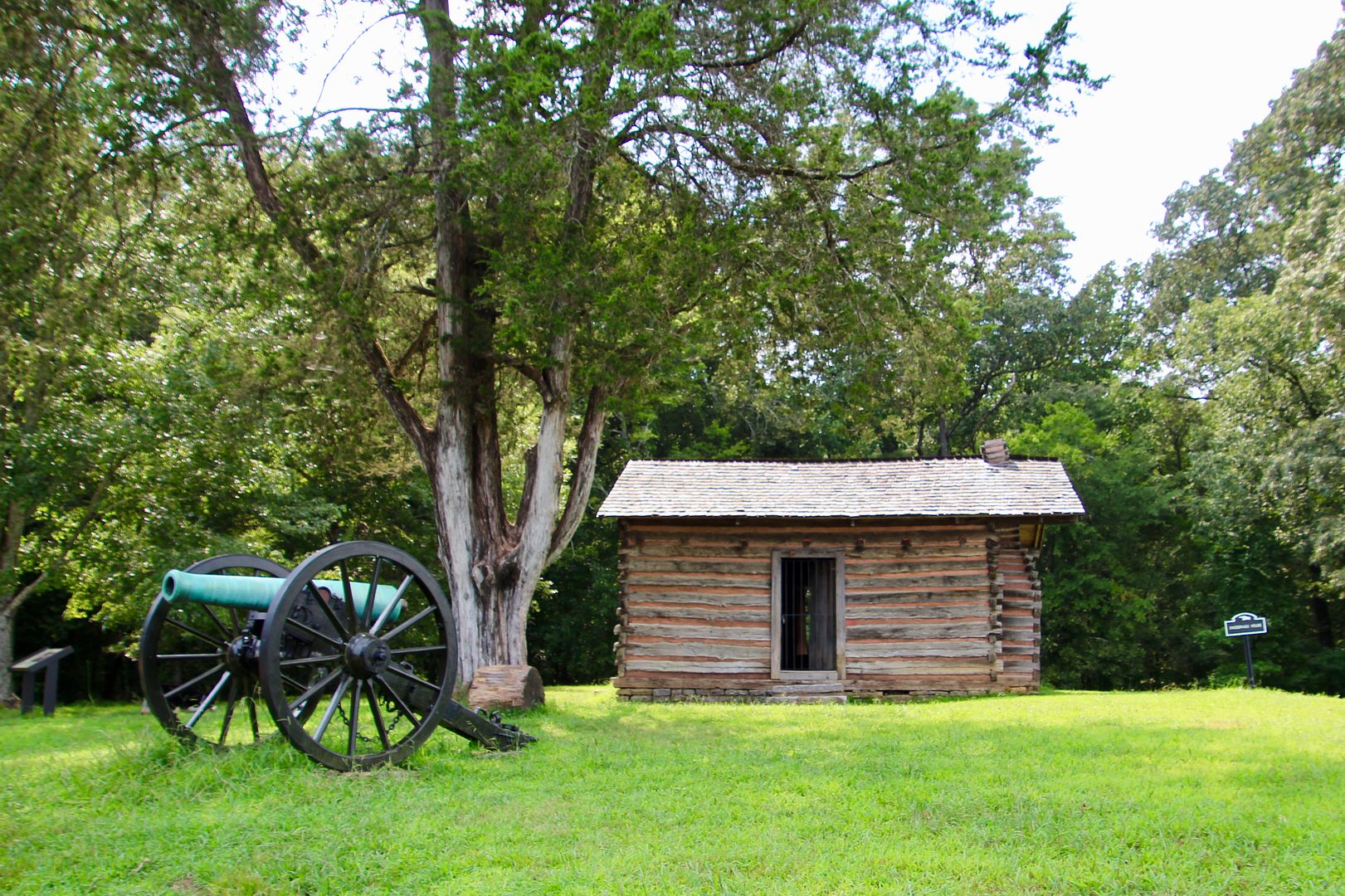
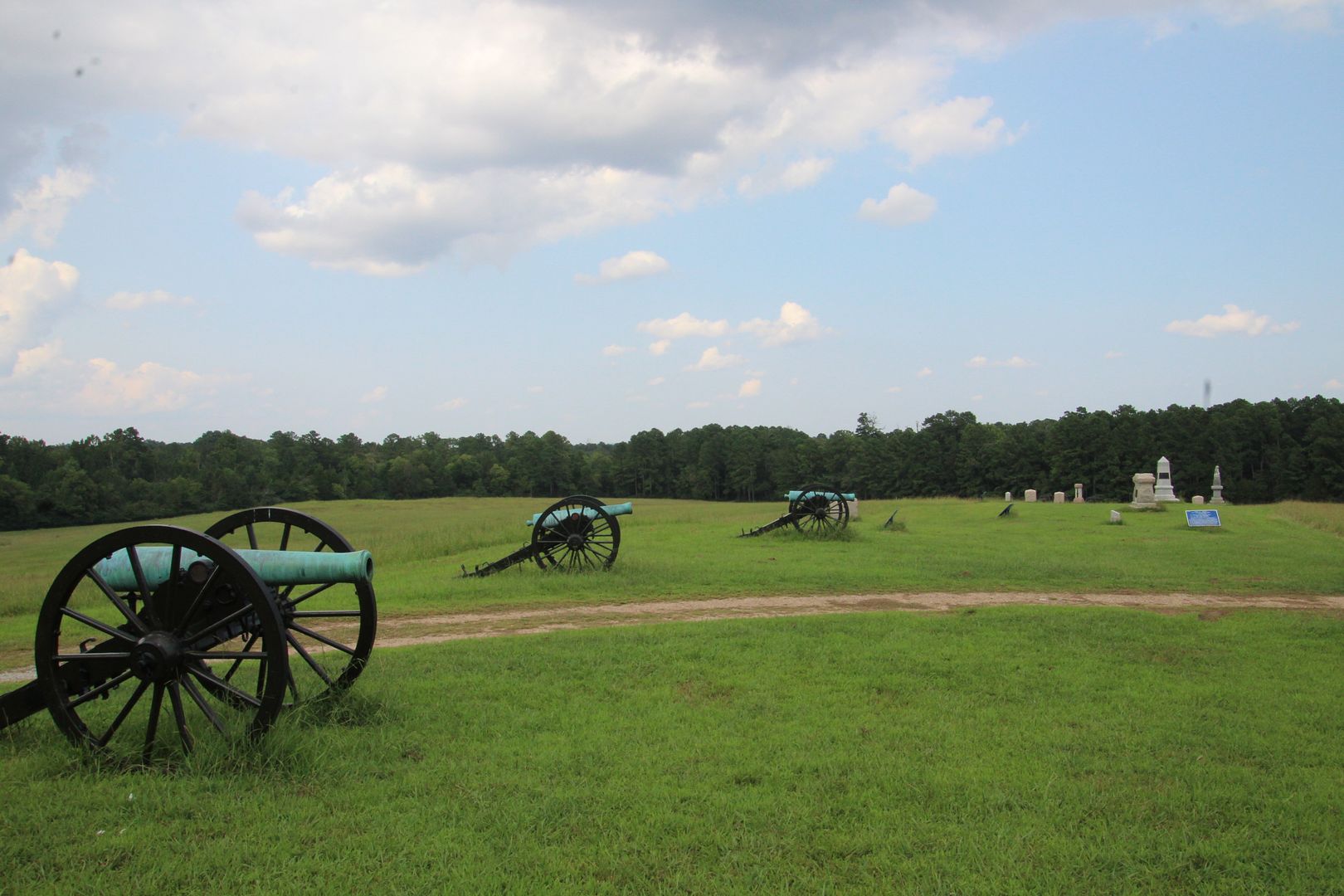
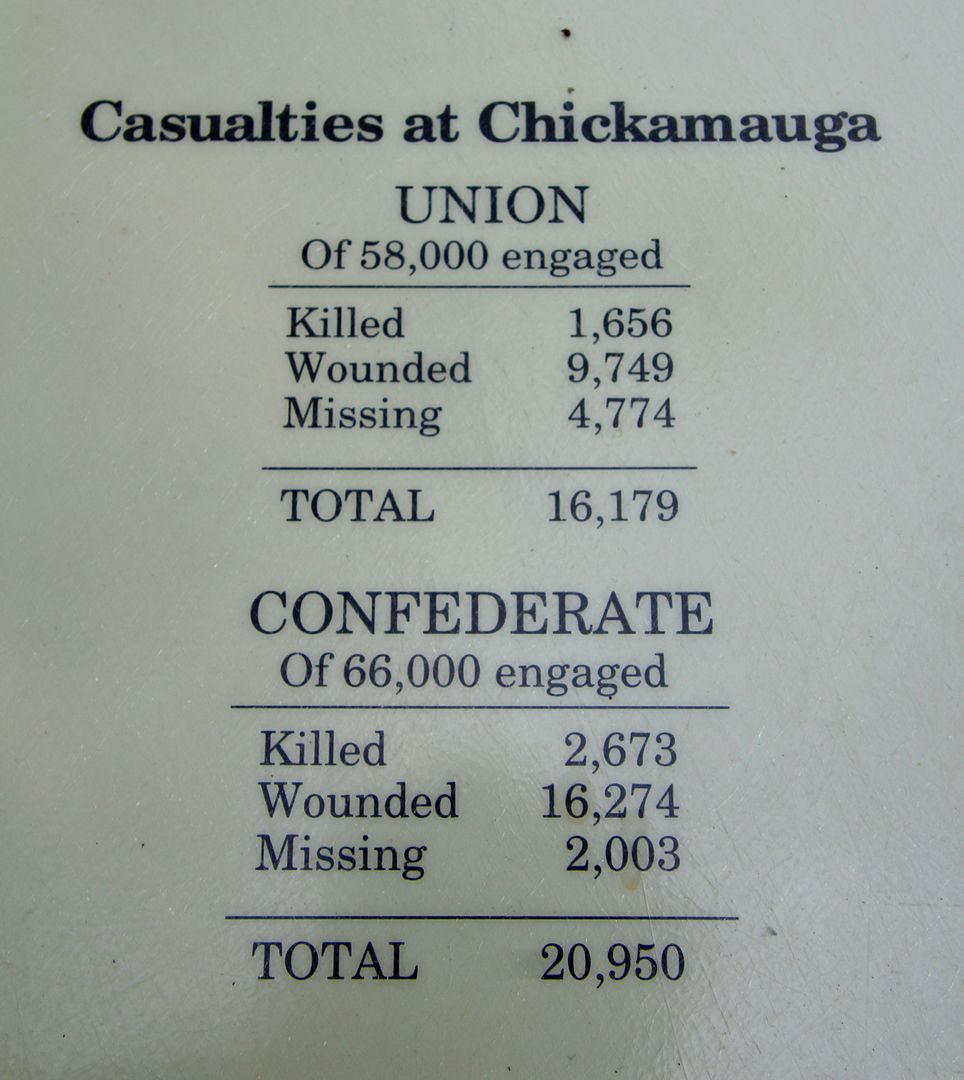
No comments:
Post a Comment